In the heart of the Galapagos Islands, a tiny, unexpected hero emerged in 2002 that would change the course of conservation. The Australian ladybug (Novius cardinalis), small in size but immensely effective, became a crucial ally in the fight against an invasive insect that threatened to devastate the endemic flora of these islands. This is the story of how science, innovation, and nature itself came together to help preserve one of the most valuable biological treasures on the planet.
The Beginning of a Mission: Protecting Galapagos' Fragile Balance
It all began in 1998 when a team of scientists from the Charles Darwin Foundation (CDF) confirmed the devastating impact of the cottony cushion scale (Icerya purchasi), an insect pest that had infiltrated the delicate ecosystem of the islands. Charlotte Causton, the project's lead researcher, explained: "Through surveys and experiments, we discovered that at least 62 endemic and native plant species were being affected as well as some agricultural crops, and that some of these species were experiencing dieback and mortality."
Among the most affected were endemic plants that exist nowhere else in the world and that were already considered threatened by extinction, such as the Scalesia and Darwiniothamnus species. Native mangroves, critical refuges for many species, were also heavily impacted. Without timely and effective intervention, the damage could be irreversible. However, conventional solutions such as chemical and mechanical control to combat this invasive species were inappropriate in such a vulnerable ecosystem and would not provide control at a large scale. An innovative approach was needed, and that’s when a small, foreign insect came to the rescue in the form of classical biological control.
Classical Biological Control
Classical biological control is a method used to combat pests or invasive species by intentionally introducing one or more of their natural enemies from their native range, such as predators, parasites, or pathogens. This method aims to re-establish the ecological balance, which was lost when the pest was introduced to a new area without its natural enemies to keep it under control. An important advantage of the method is that it can be used over large areas and is self-sustaining. It is particularly good for fragile ecosystems like the Galapagos, where human intervention must be as low as possible to avoid harming native species.
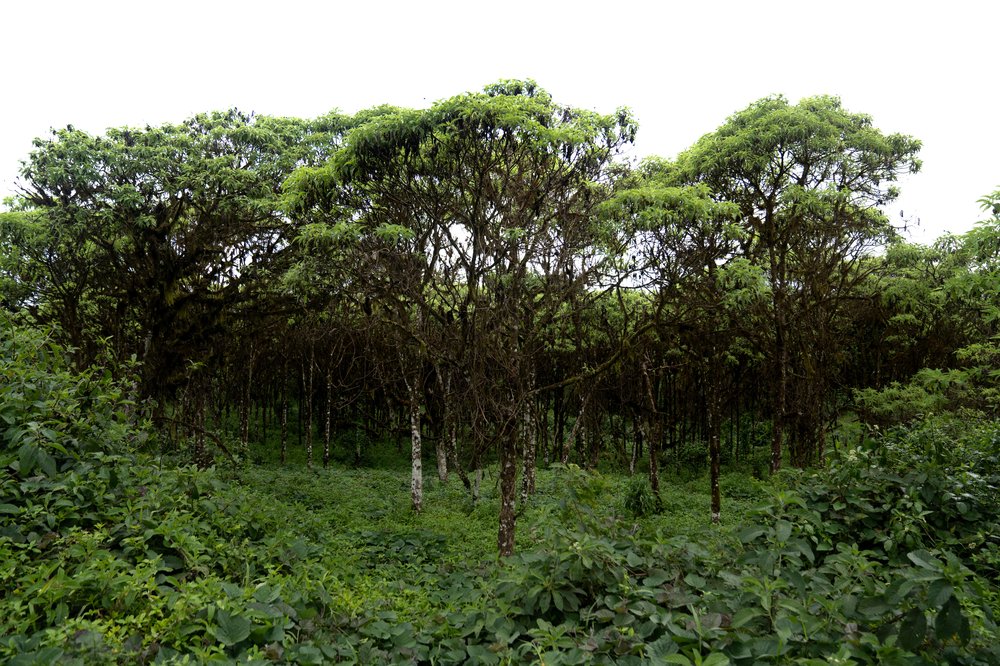
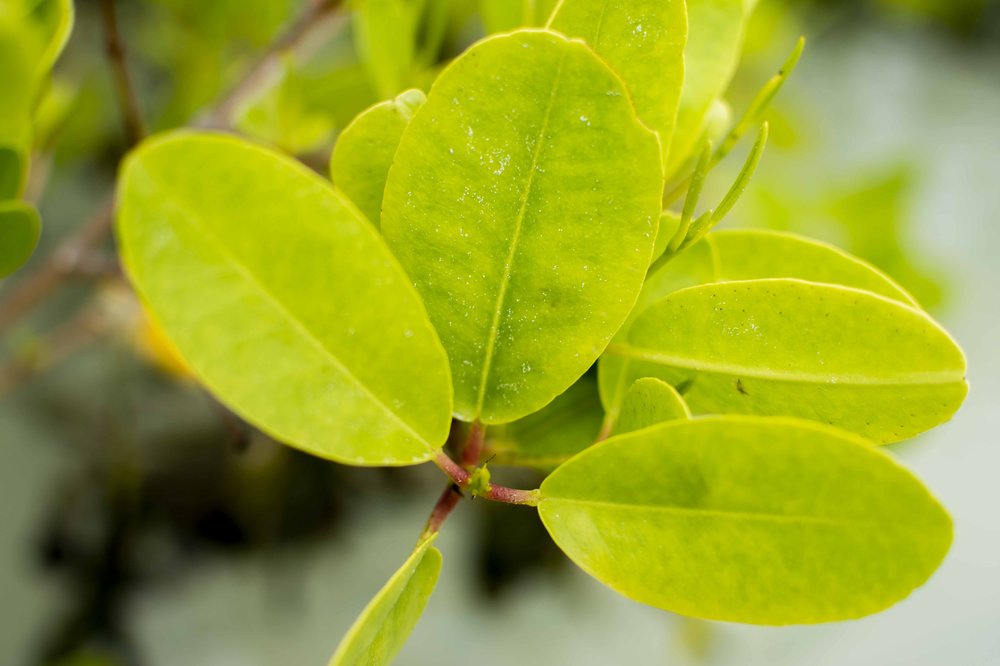

The Australian Ladybug: A solution to the problem?
The scientific team found an answer in an ally as small as it was effective: a ladybug, known as the vedalia beetle, which is a natural predator of the cottony cushion scale in its native range of Australia, and which has a successful track record as a biological control agent in other parts of the world. However, introducing any foreign species into such a fragile ecosystem as Galapagos is a delicate process, and rigorous procedures had to be followed to make sure that this ladybug posed no risks to Galapagos fauna. This was the first time that classical biological control had been contemplated for use in Galapagos. So, it was no simple feat.
In order to study the ladybugs and make sure that they were safe to use in a biological control program, 96 individuals were transported from Australia and kept in a highly secure quarantine unit at the Charles Darwin Research Station that was built especially for these studies. “Extensive testing was crucial to ensure that the ladybug would not harm native and endemic insect species. On the flip side, we also needed to make sure that Galapagos species that might feed on the ladybugs would not be affected.” said Charlotte.
A Cautious Introduction: Science and Precision
Over three years, scientists worked to determine whether any endemic species could be affected by the ladybug. Some, like an underground insect (the ground pearl), which was closely related to the cottony cushion scale, was especially difficult to locate in order to test. But patience paid off, and this research formed part of an extensive dossier which was submitted to a Technical Advisory Committee and resulted in the Galapagos National Park approving the use of biological control in 2001.
In 2002, the first ladybugs were released with the help of the community. The results of the release were tracked by everybody living in Galapagos through a communication campaign. High school students helped monitor the ladybug’s movements over the first months finding that the ladybug had started its work in earnest. In the first year the mangroves in Puerto Ayora on Santa Cruz Island, started making a comeback enabling the community to see conservation science in action, first-hand.
The Ladybug in Action: reestablishing natural balance
Once released throughout the archipelago, the Australian ladybug was able to disperse and control the cottony cushion scale on many plant species, though not all. Monitoring revealed that by specializing solely on the cottony cushion scale, the ladybug kept numbers of this invasive insect low without interfering with other species. The results were clear: endemic plants began to recover, and the islands' biodiversity, threatened by this invasive species, was able to flourish once again.
The ladybug’s impact was quiet but profound. Its intervention became a model of successful biological control within protected areas, demonstrating that the simplest, most natural solution can often be the most effective, if well researched and carried out carefully.
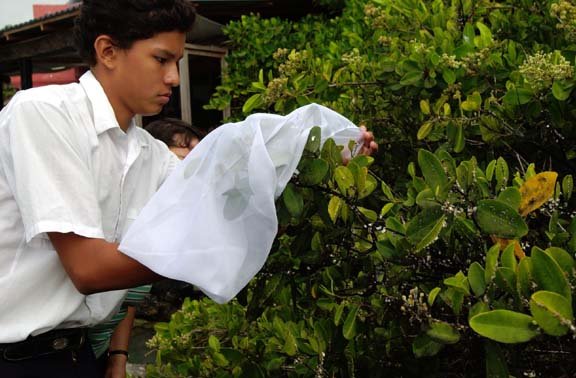
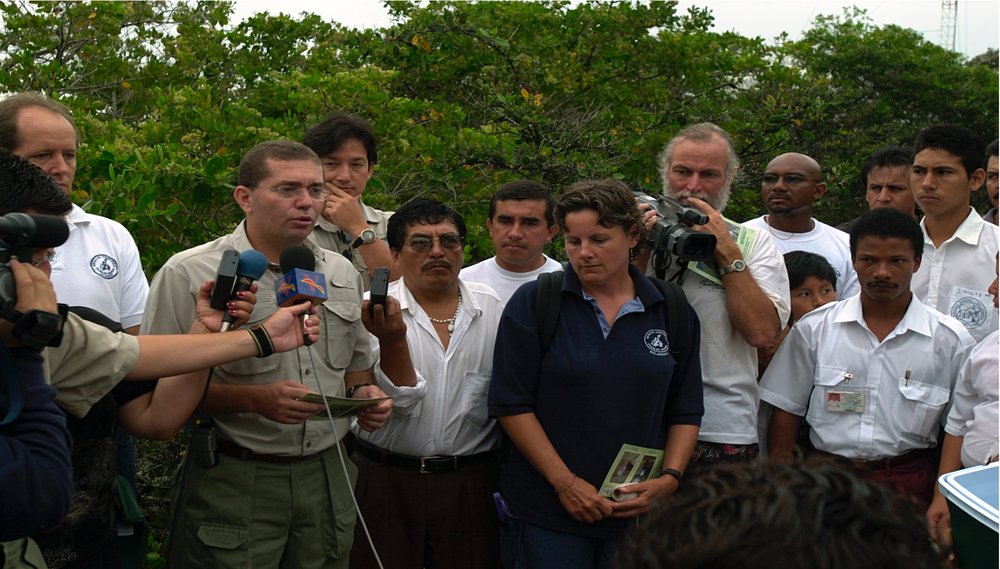

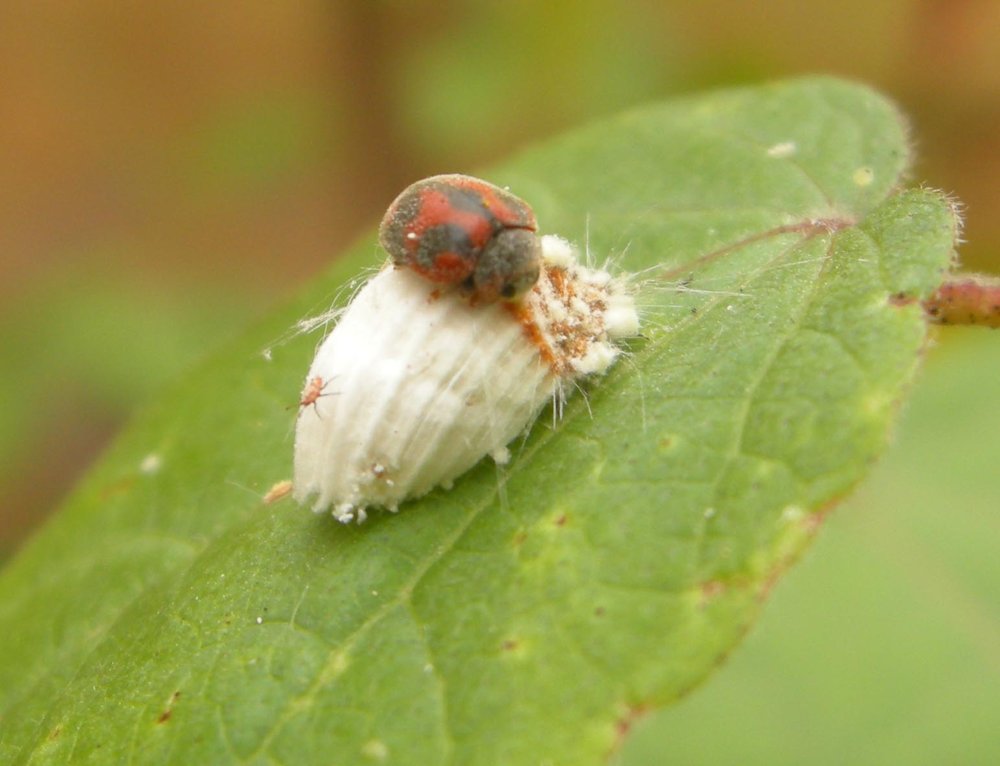
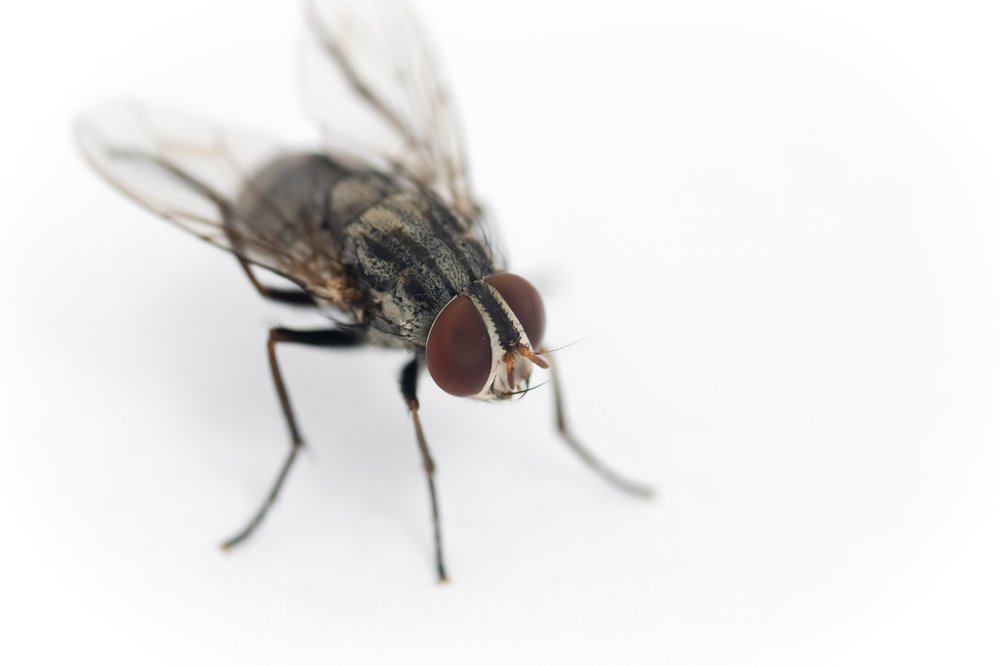
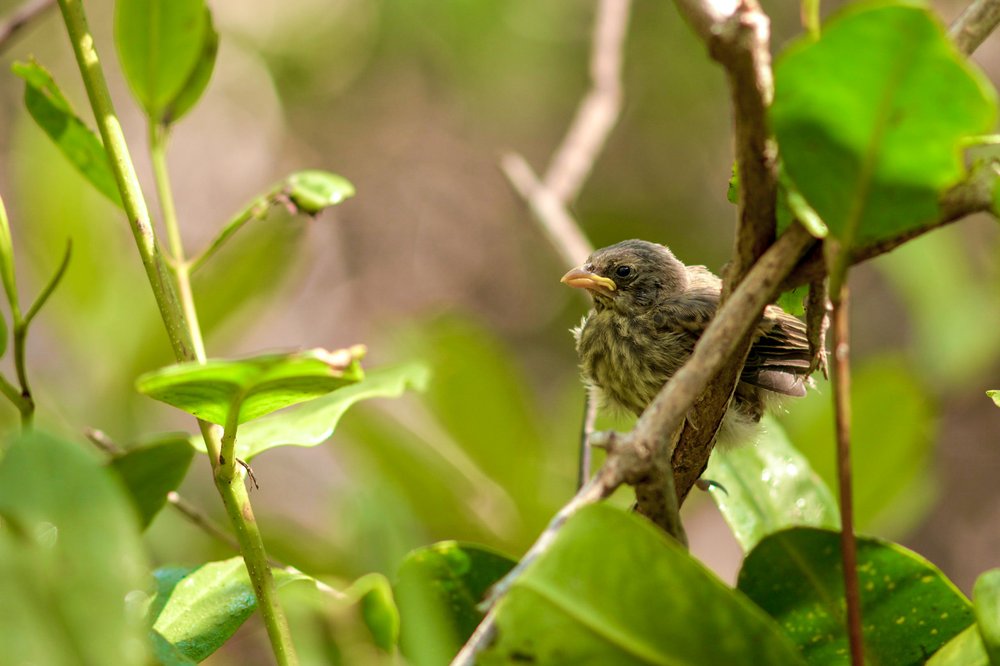
New Challenges: the avian vampire fly
The success story of the ladybug has inspired scientists to take on the challenge of evaluating classical biological control for another insect threat: the avian vampire fly Philornis downsi. This fly, looks like a common house fly, but is much more harmful. It attacks at least 20 endemic land bird species in Galapagos, including 12 species of the emblematic Darwin’s finches, and is causing serious declines in some species. One of these finches, the Mangrove Finch, is in fact on the brink of extinction, primarily due to this parasitic fly which lays its larvae in the birds’ nests and sucks on the blood of young hatchlings, leaving them either to die or so deformed that they are unable to sing and therefore find a mate to reproduce.
Scientists have spent the last 11 years searching for and evaluating natural enemies of the avian vampire fly in its native range in mainland Ecuador. Natural enemies include two tiny wasps that parasitize the developing pupae of the avian vampire fly and are currently under study. Although, studies are not yet at the stage where it can be determined whether these wasps can be used in a biological control program, the success of the first biological control project with the ladybug shows that biological control in the Galapagos Islands could be an option.
In a world where biodiversity faces constant threats, the story of the Australian ladybug in Galapagos reminds us that even the smallest heroes can make a gigantic impact. The solutions are there, hidden in nature, waiting to be discovered by those with the vision and patience to find them.
Acknowledgements
The success of this biological control program was thanks to the hard work of a large team of scientists, educators, and volunteers who worked on this project both before and after the release of the ladybug. This project was conducted by Charles Darwin Foundation with the Galapagos National Park and counted on the help of Agrocalidad-SICGAL, the Galapagos Biosecurity Agency, University of California, Riverside, University Massachusetts – Amherst, CSIRO Entomology-Brisbane, as well as specialists in biological control, scale insects, and ladybugs. The post-release monitoring had the help of the Galapagos community, including high school students, naturalist guides, and farmers. Funding was provided by the British Government and the British Embassy, the Embassy of the Netherlands, Fundación Galápagos Ecuador, Lindblad/National Geographic Fund; Project ECU/00/G31 “Control of Invasive Species in the Galapagos Archipelago,” a donation from the Global Environment Facility (GEF) to the Ecuadorian Government, and the Center for Invasive Species Research, University of California, Riverside.




